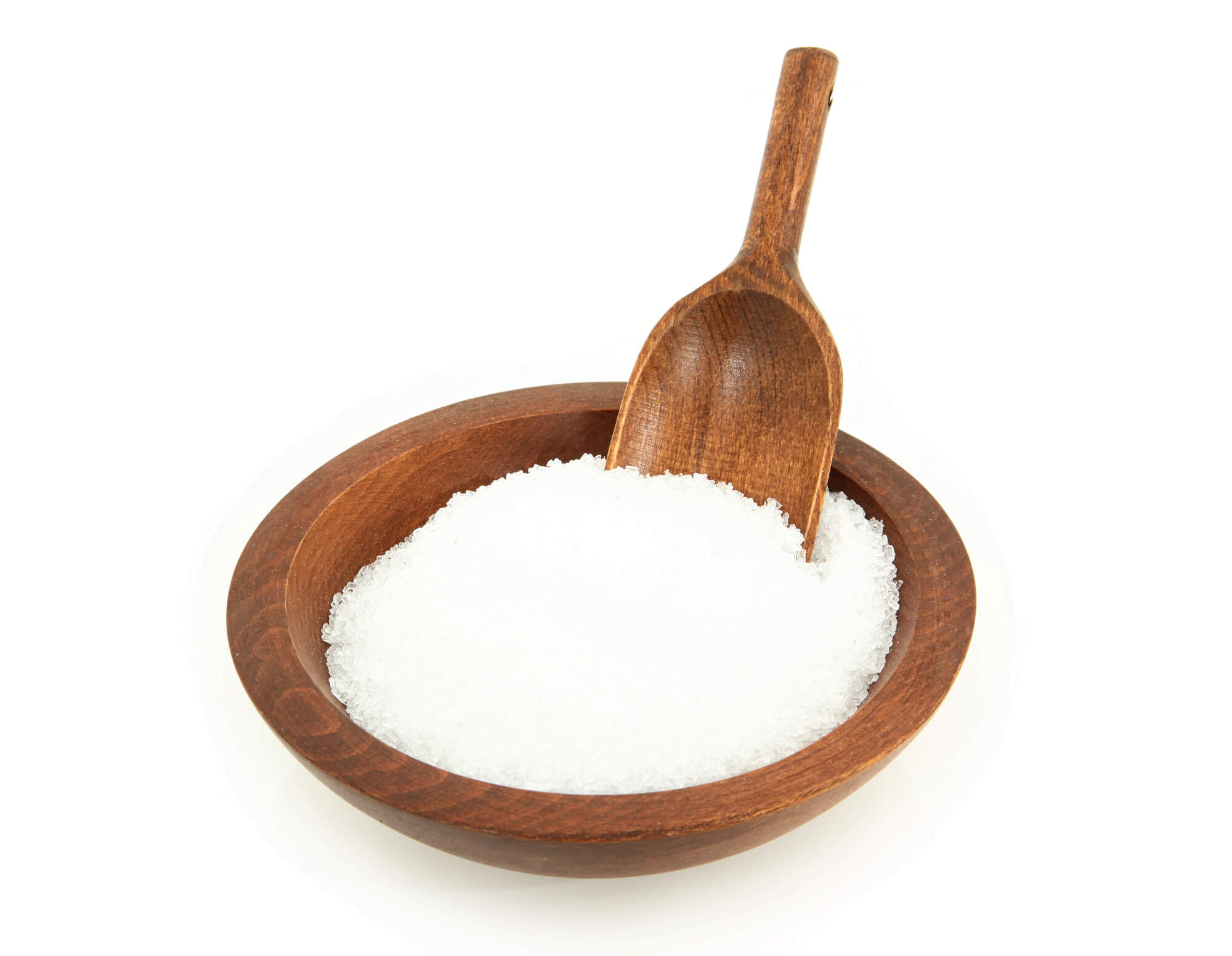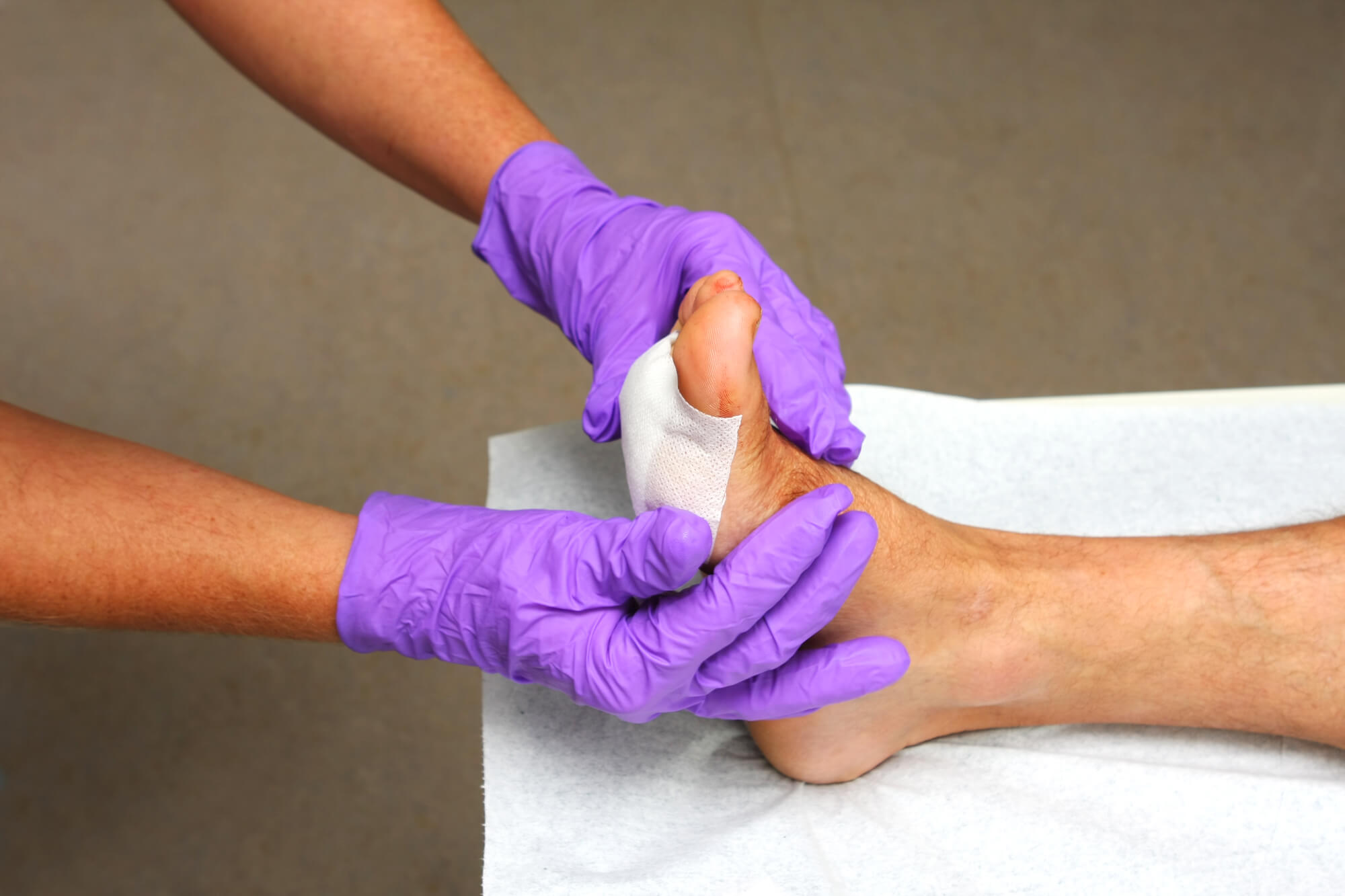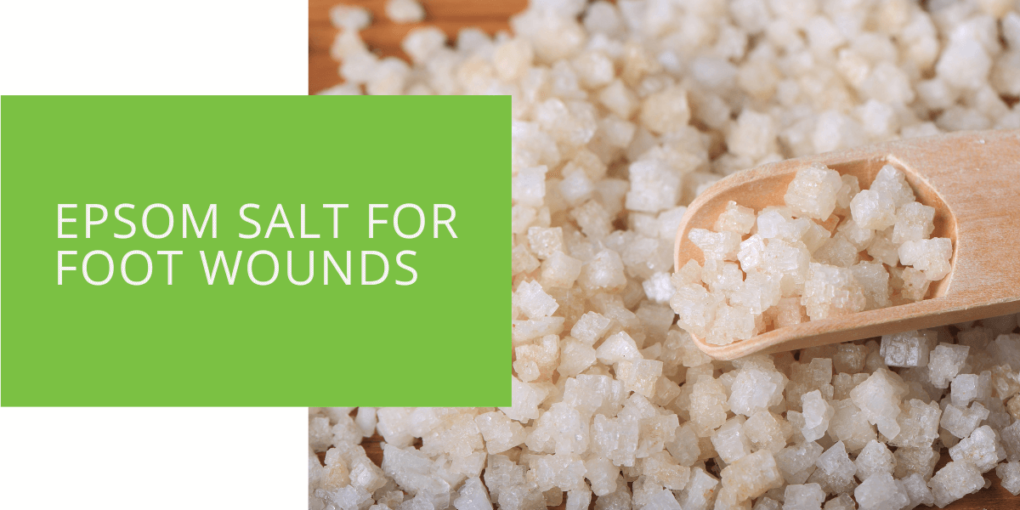Epsom Salt for Foot Wounds: Benefits and How to Use It
Foot wounds are a common problem that affects many people. Whether you have a cut, scrape, or burn, caring for your wound is important to prevent infection and speed up healing. Epsom salt is one natural and effective way to treat foot wounds. This article will explore the benefits of using Epsom salt for foot wounds and how to use it safely and effectively.
What are Foot Wounds?
Foot wounds are injuries that can occur on the foot or ankle. They can be caused by various factors, such as stepping on sharp objects, wearing shoes that rub against the skin or getting a burn from hot water or fire. Foot wounds can range from minor cuts and scrapes to major burns and open wounds. If left untreated, foot wounds can infect your walking ability.
How Can Epsom Salt Help Foot Wounds?
Epsom salt is a naturally occurring mineral that contains magnesium and sulfate. When dissolved in water, it forms a solution to help soothe and heal foot wounds. The benefits for foot wounds include:
- Reducing inflammation: It has anti-inflammatory properties that can help reduce swelling and inflammation in the affected area.
- Improving circulation: Soaking your foot can help improve blood circulation, speeding up healing.
- Drawing out impurities: It can help draw out pus and other impurities from the wound, reducing the risk of infection.
- Relieving pain: It can help relieve pain and discomfort caused by foot wounds.

How to Use Epsom Salt for Foot Wounds
Using Epsom salt for foot wounds is easy and affordable. Here are the steps to follow:
- Clean the wound: Before soaking your foot, clean the wound thoroughly with soap and water.
- Prepare the Epsom salt solution: Add two tablespoons of Epsom salt to a basin of hot water. Make sure the water is not too hot to avoid burning your skin.
- Soak the affected foot: Soak your foot in the solution for 15-20 minutes. You can do this up to three times a day.
- Dry the area: After soaking, dry the affected area thoroughly with a clean towel.
- Apply an antibiotic ointment and a bandage: After drying the area, apply an antibiotic ointment to the wound and cover it with a bandage to prevent bacteria from entering the wound.
Precautions When Using Epsom Salt for Foot Wounds
While Epsom salt is generally safe and effective for treating foot wounds, there are some precautions to keep in mind:
- Avoid using it if you have diabetes or poor foot circulation. Consult a podiatrist or foot specialist before use.
- Ensure the water is not too hot when preparing the solution. Hot water can cause burns and further damage to the skin.
- Avoid using it on open wounds or deep cuts. Seek medical attention if you have a major foot wound that requires special treatment.
- If you experience any adverse reactions, such as skin irritation or rash, stop using Epsom salt and consult a healthcare professional.

Types of Foot Wounds and How Epsom Salt Can Help
While cuts, scrapes, and burns are some of the most common foot wounds, several others can occur. Knowing the different types of foot wounds can help you better understand how to treat them and how Epsom salt can aid healing.
- Blisters: Blisters are small fluid-filled sacs that can form on the skin of the foot due to friction or pressure. They can be painful and make it difficult to walk. Soaking your foot can help reduce inflammation and relieve pain caused by blisters.
- Ingrown toenails: Ingrown toenails occur when the edge of the nail grows into the surrounding skin, causing pain, redness, and swelling. Soaking your foot in can help reduce inflammation and prevent infection. It can also soften the skin around the nail, making it easier to trim.
- Plantar fasciitis: Plantar fasciitis is a condition that causes pain and inflammation in the plantar fascia, a band of tissue that runs along the bottom of the foot. Soaking your foot can help reduce inflammation and relieve pain caused by plantar fasciitis.
- Stress fractures: Stress fractures are small cracks in the bones of the foot that can be caused by overuse or repetitive stress. Soaking your foot can help reduce inflammation and promote fracture healing.
Conclusion
Epsom salt is a natural and effective way to treat foot wounds. Soaking your foot in an Epsom salt solution can reduce inflammation, improve circulation, and speed up healing. However, use it safely and avoiding any potential complications is important.

